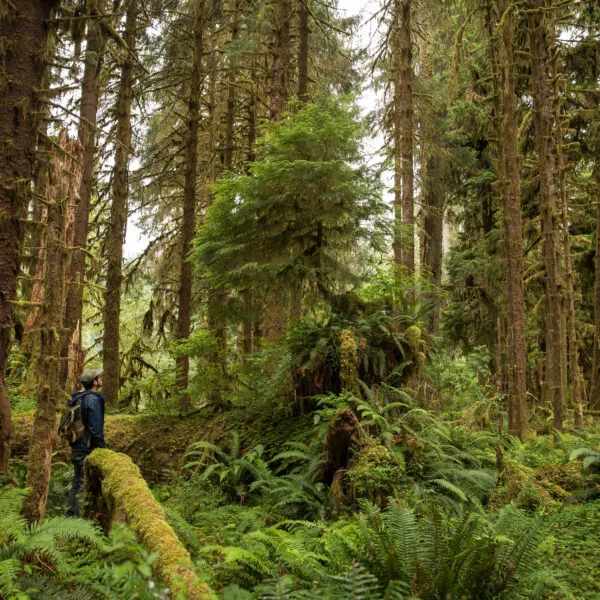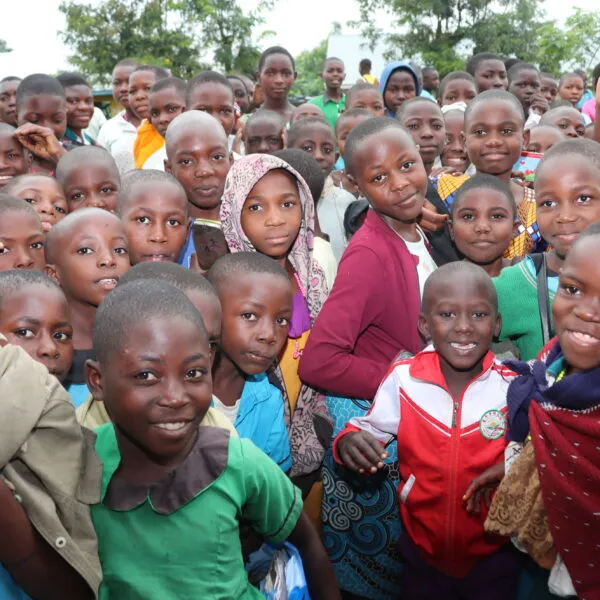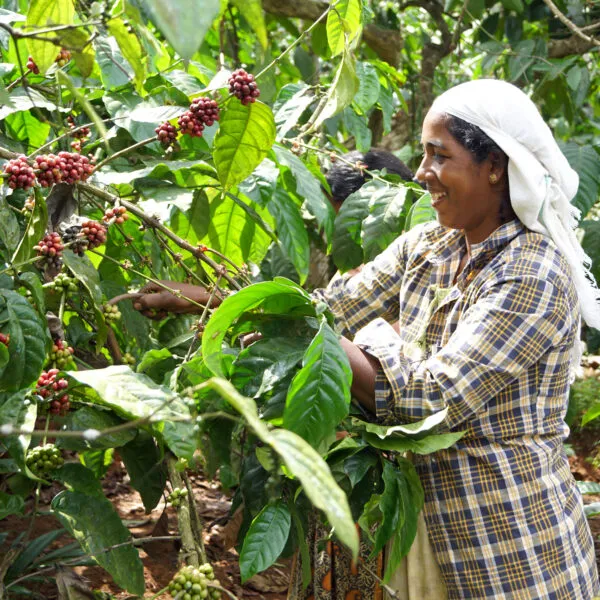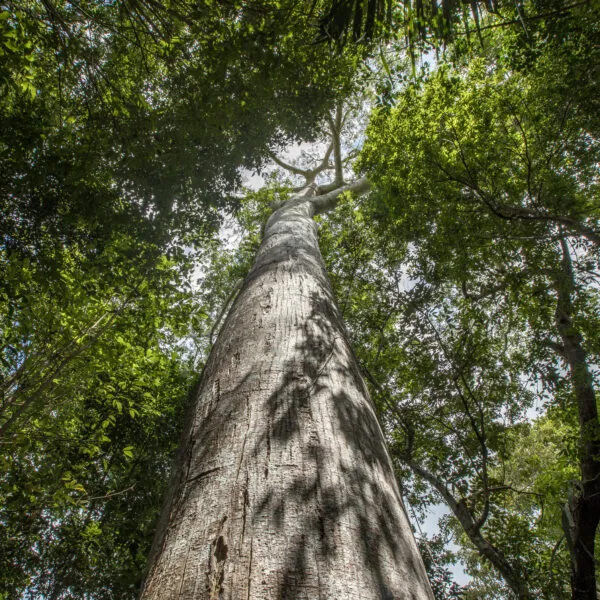Rattan Cultivation and Management in Hillside Farms and Forest Preserve Buffer Zones of Kerinci-Seblat National Park, Indonesia
The tropical forests of Southeast Asia are one of the most diverse and endangered biomes on earth. Kerinci-Seblat National Park in central Sumatra, Indonesia encompasses a wide range of plant communities and provides habitat for many rare and endangered species such as the Sumatran tiger and Sumatran rhino. In recent years, hillside farming and rattan collecting have increased in Kerinci-Seblat N.P.; large areas of the park are now being converted to agricultural uses while shortages of rattan cane threaten local handicraft businesses. Unless environmentally sustainable and economically productive alternatives to forest conversion are developed in and around Kerinci Seblat, both the park’s unique natural resources and an important income source for local people will vanish.
This project developed and evaluated rattan cultivation and management as an alternative to forest conversion and uncontrolled forest product collecting in Kerinci-Seblat N.P. Building upon research conducted in 1987-88, the project:
- developed guidelines for sustained yield harvesting of wild rattan from primary forests within the park;
- established cultivation and management trials of the rattan, Calamus exilis, in forest preserve buffer zones;
- expanded cultivation and management trials of C. exilis as an intercrop beneath cinnamon in hillside farms cultivated by forest farmers and rattan artisans;
- identified currently unutilized rattans of potential economic use that might serve as substitutes for endangered varieties; and
- explored the feasibility of applying this research to forest preserve buffer zones and hillside farms in other areas of Indonesia and the Philippines.
The project was conducted in collaboration with the Herbarium in Bogor, Java; the Dept. of Forestry/National Parks and with rattan artisans and farmers in Kerinci. In addition, one National Park service employee was trained to continue the rattan cultivation and management effort after this two year project was completed. This project could contribute to the preservation of Kerinci-Seblat N.P. and could serve as a model for forest conservation efforts in other region of the tropics.



